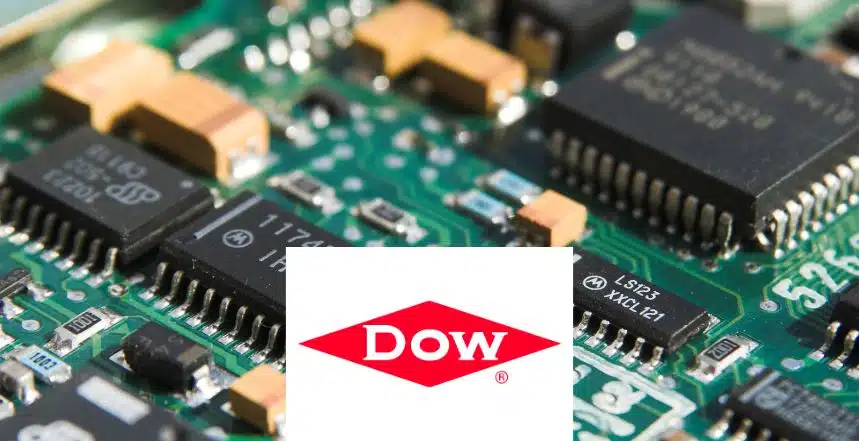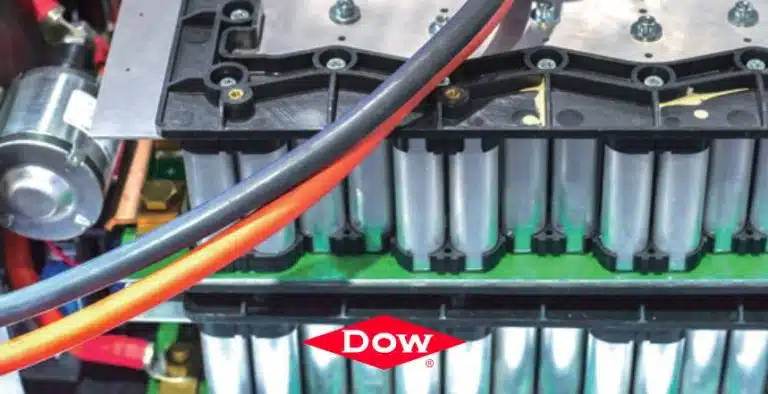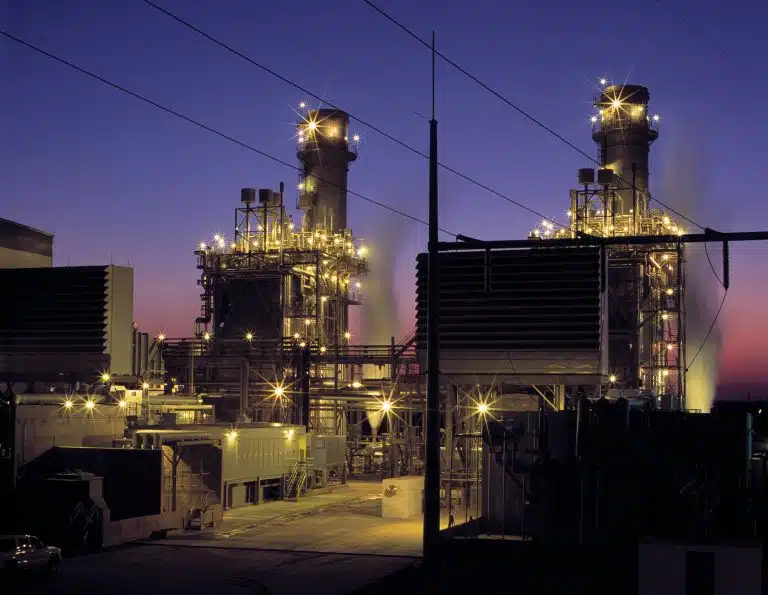DOWSIL™ TC-5150 Thermally Conductive Gap Filler is a high performance, one-part, non- curable, dispensable thermally conductive gap filler with 5 W/mK thermal conductivity, and like other Dow™ thermally conductive compounds, is made with silicone materials heavily filled with heat conductive metal oxides. This combination promotes high thermal conductivity and high temperature stability. The compounds are designed to maintain a positive heat sink seal to improve heat transfer from the electrical device to the heat sink or chassis, thereby increasing the overall efficiency of the device.
Applications
Designed to dissipate heat from electronics to a heat sink providing a reliable cooling solution for a wide variety of applications.
Benefits
- High thermal conductivity
- Easy to dispense
- Form-in-place
- No additional curing process required
- Low thermal impedance
- Reworkable
- Room temperature storage
Recommended applications
- On board chargers
- Central processing units (CPUs)
- Memory and power modules
- Telecom base stations
- Automotive Electronic Control Units (ECU)
- Processors & Microprocessors
- Power Electronics
- Power supplies and semiconductors
Processing and Application Guidelines
DOWSIL™ TC-5150 Thermally Conductive Gap Filler is a one-part non-curing material that can be used without additional curing steps and is reworkable. It exhibits excellent vertical hold behavior while allowing efficient automated dispensing due to its thixotropic nature.
Application Methods
One-part materials do not require mixing and can be applied as is with automated dispense.
Useful Temperature Ranges
For most uses, silicone dispensable thermal materials should be operational over a temperature range of -40 to 125°C (-40 to 257°F) for long periods of time. However, at both the low and high temperature ends of the spectrum, behavior of the materials and performance in particular applications can become more complex and require additional considerations. Factors that may influence performance are configuration and stress sensitivity of components, cooling rates and hold times, and prior temperature history. At the high-temperature end, the durability of the cured silicones is time and temperature dependent. As expected, the higher the temperature, the shorter the time the material will remain useable.
For more information, please take a look at the Technical Data Sheet.






